How Tequila and Mezcal Are Shaking Up the Golden Age of Agave Cocktails
Celebrate Cinco de Mayo anytime with a beautiful new book about tequila and mezcal cocktails.
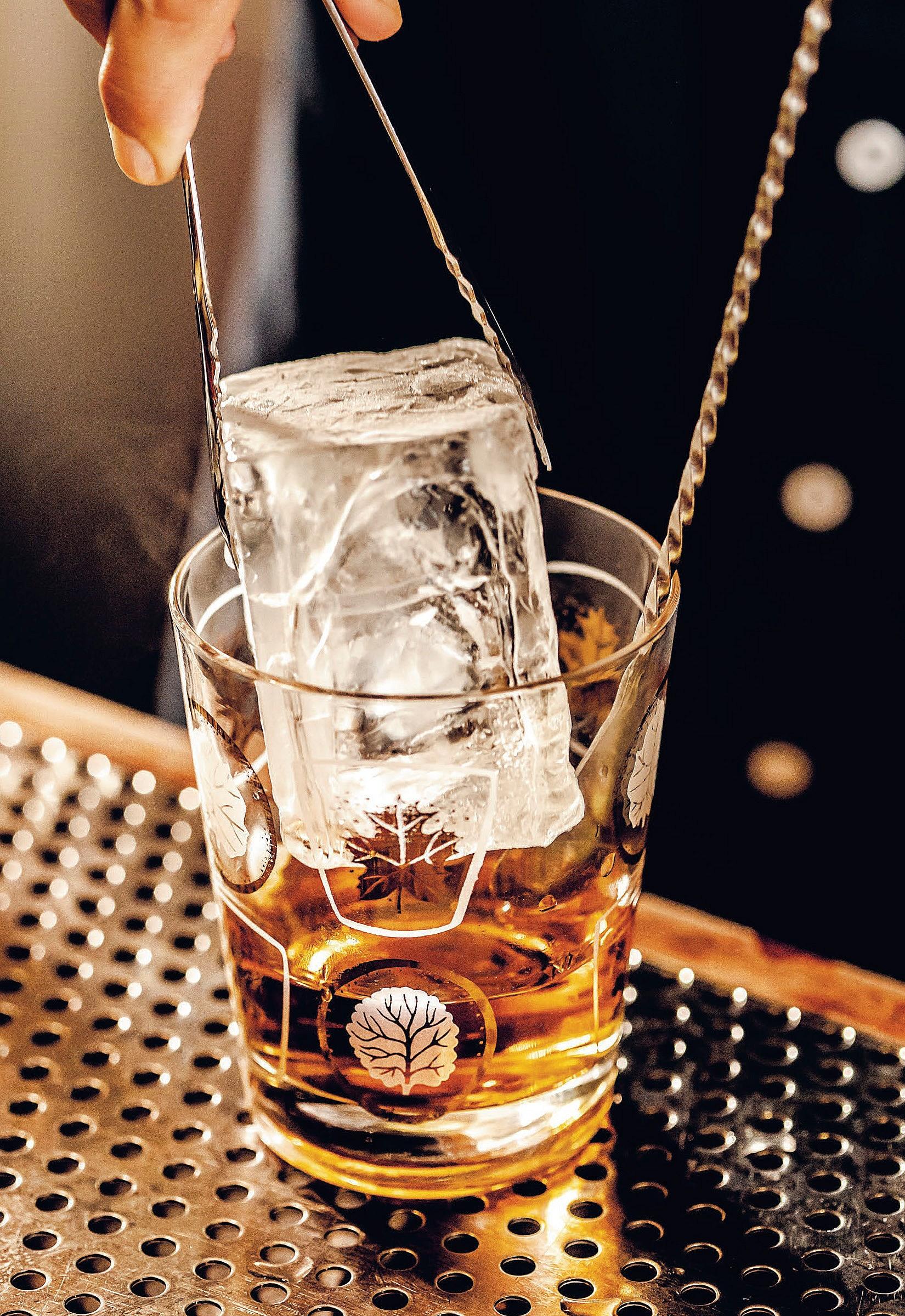
For much of the 20th century, tequila was known more for shots than mixing. You didn’t savor it; you threw it back. As for mezcal cocktails, well, there were none to speak of. Hell, in the United States market, there was almost no mezcal.
And what mezcal there was—that forbidding bottle with the worm in it—wasn’t very good and was little understood by the bartenders who poured it and the few drinkers who ordered it. If tequila was a dare you took up in a bar, and regretted the morning after, mezcal was a double dog dare, a journey into the truly unknown.
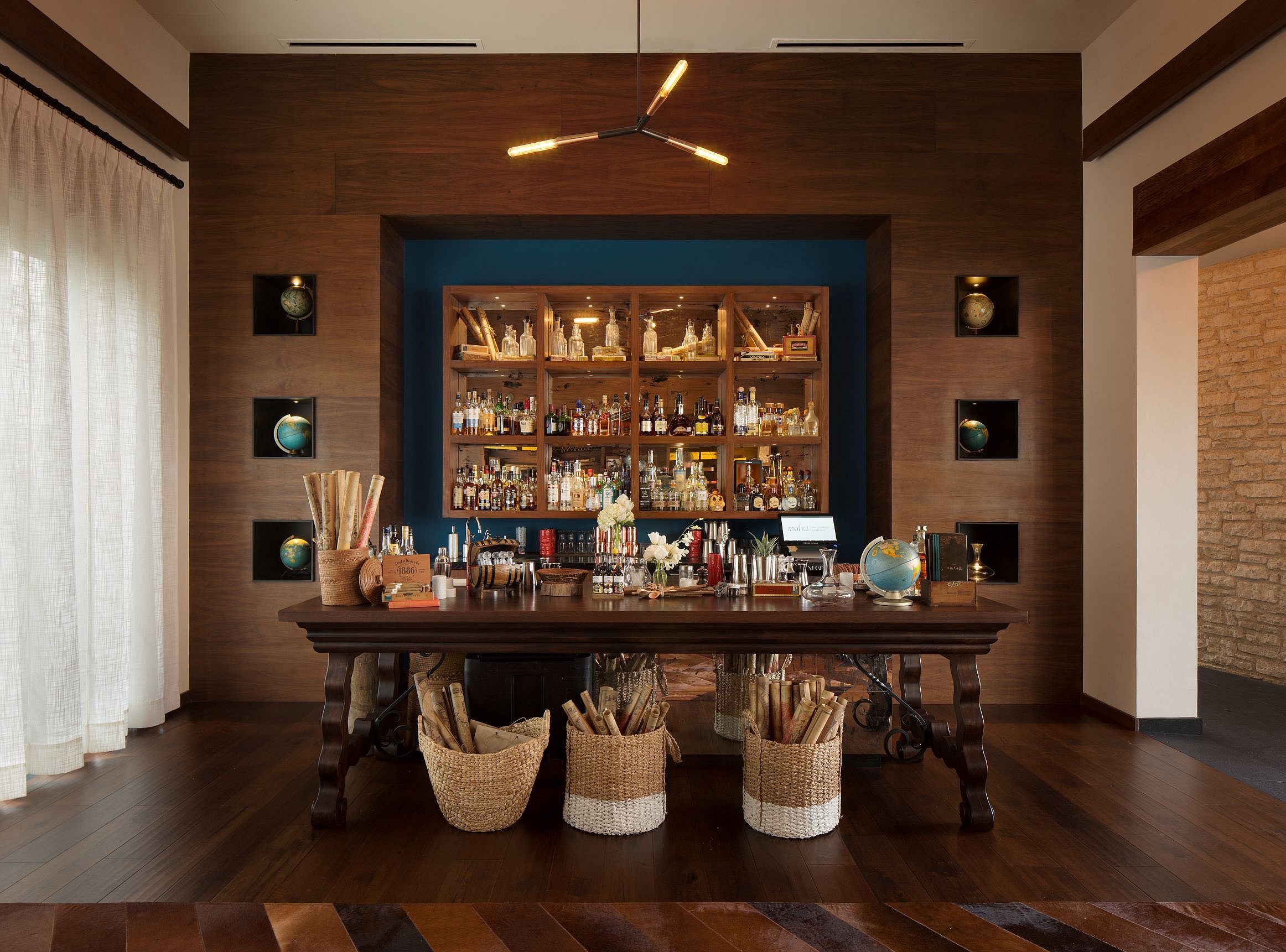
Tequila’s and mezcal’s reputations today could not be more different. The spirits have enjoyed a complete turnaround in both status and popularity. In the 1920s, when Prohibition was in effect, Americans began traveling south of the border to drink agave spirits because they couldn’t lay their hands on anything alcoholic at home.
Today, Americans drink them out of preference. Consumers’ eyes have been opened to the spirits’ historical and artisanal heritage, and that they are the products of centuries of tradition and craftsmanship.
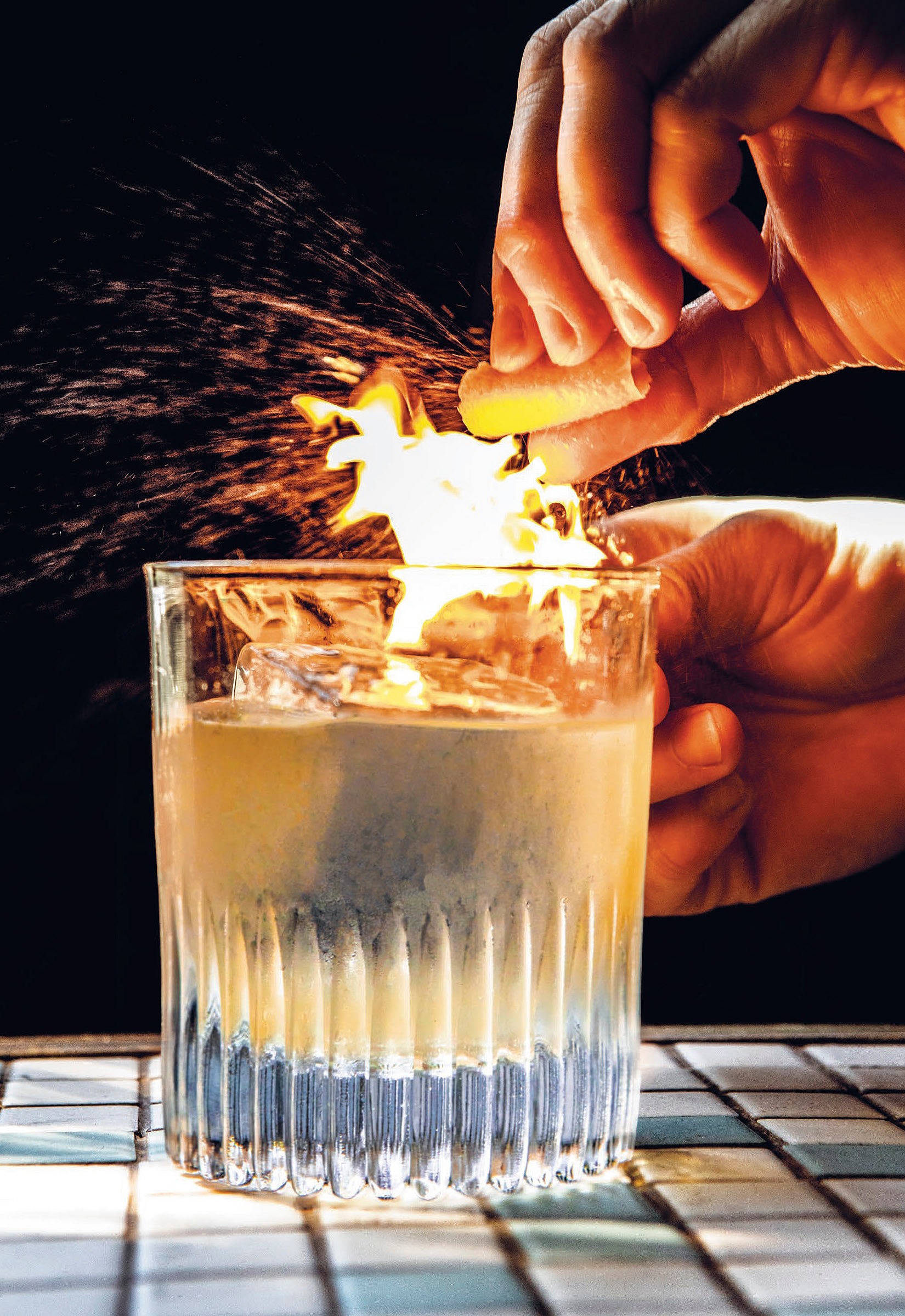
Their newly elevated status reflects the endless agricultural variety of the hearty agave plant, from which both tequila and mezcal are derived, and their terroir, not to mention the inimitable touch of the tequileros and mezcaleros who create the liquors, many of whom are following family practices that go back generations.
The distillates have finally joined other spirits commonly labeled with adjectives such as “elegant,” “complex,” and—that favorite term of marketers—“premium.”
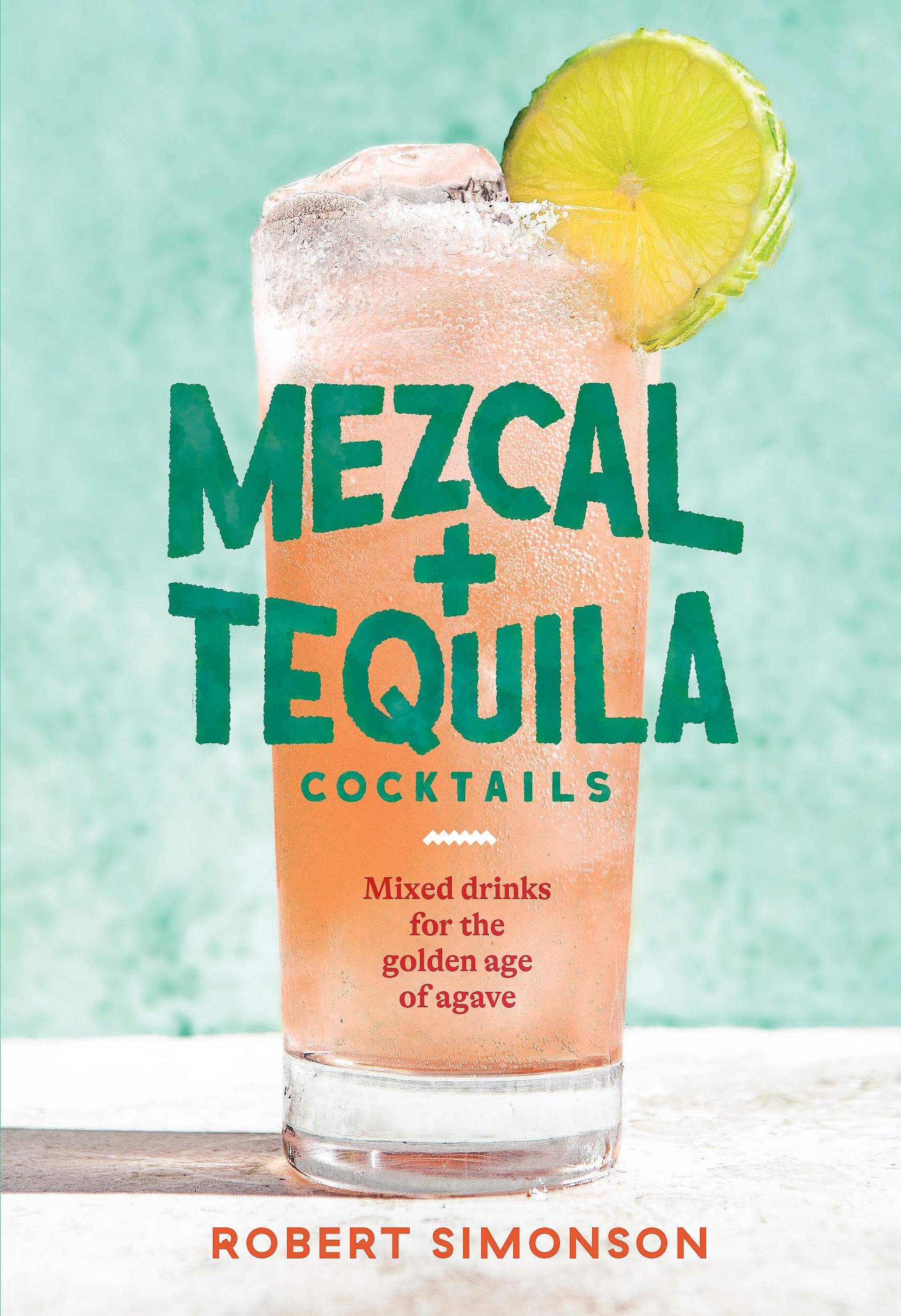
In short, agave spirits have gone from shots to sipping; from the kind of hooch that Hollywood actors drink in disreputable cantinas in B pictures to the kind that Hollywood actors invest in and get rich off, in some cases making more money than they do from acting.
It’s a Cinderella story unlike any in the drinks world, in which an age-old spirit has finally been recognized for the liquor royalty it always was.
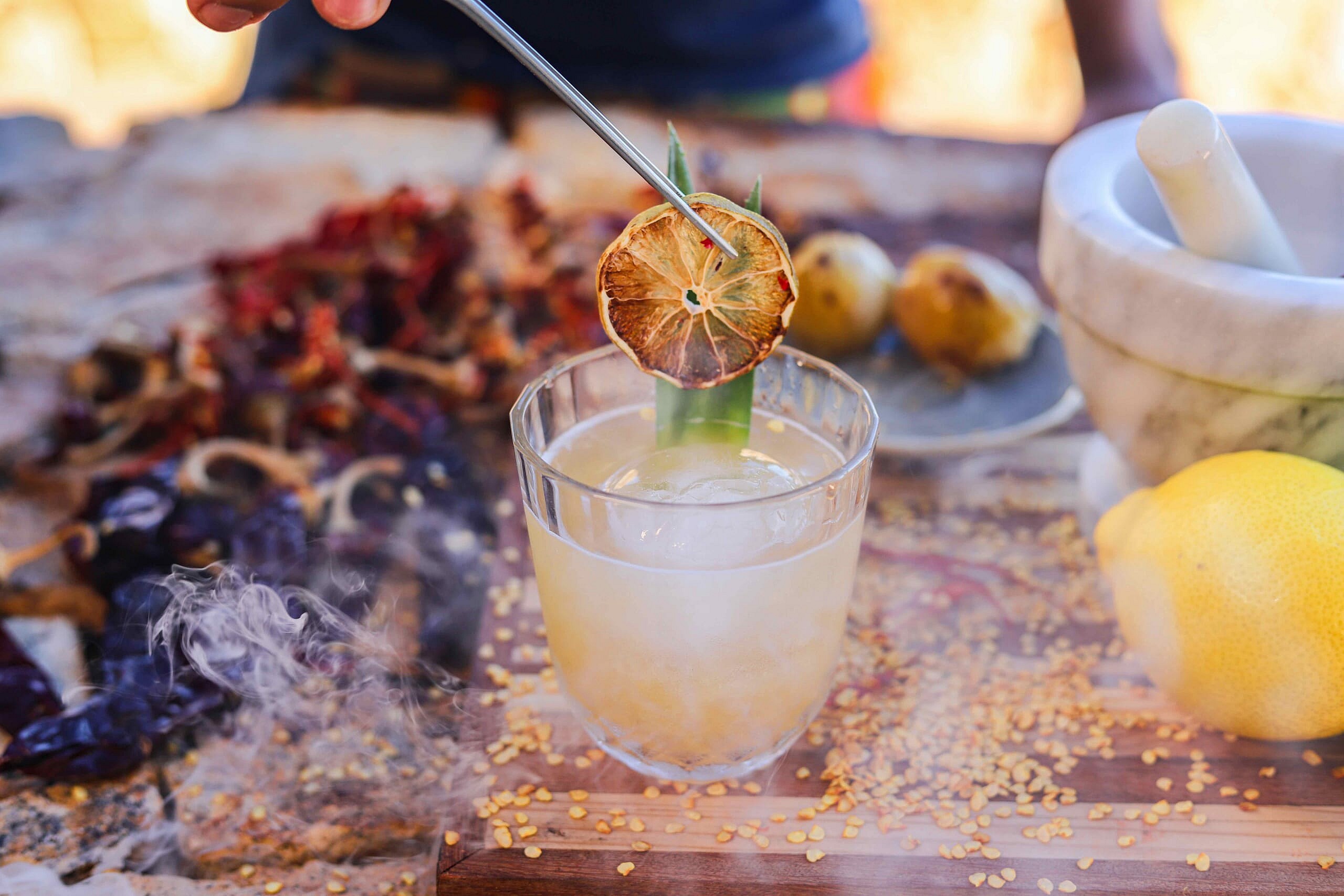
And, as with most spirits and cocktails that have gone from zero to 60 in popular favor these days, we can thank our ever-curious neighborhood mixologists for the change in public perception, as well as the journalists who cover their every move.
Once the new breed of conscientious young bartenders was done blowing the dust off neglected spirits, like gin and rye and all sorts of under-appreciated liqueurs and bitters, they turned their attention to agave-based spirits. They wondered if tequila and mezcal maybe deserved to inhabit a better world of drinking, one that wasn’t so reliant on lime wedges and salt and late-night bad decisions.
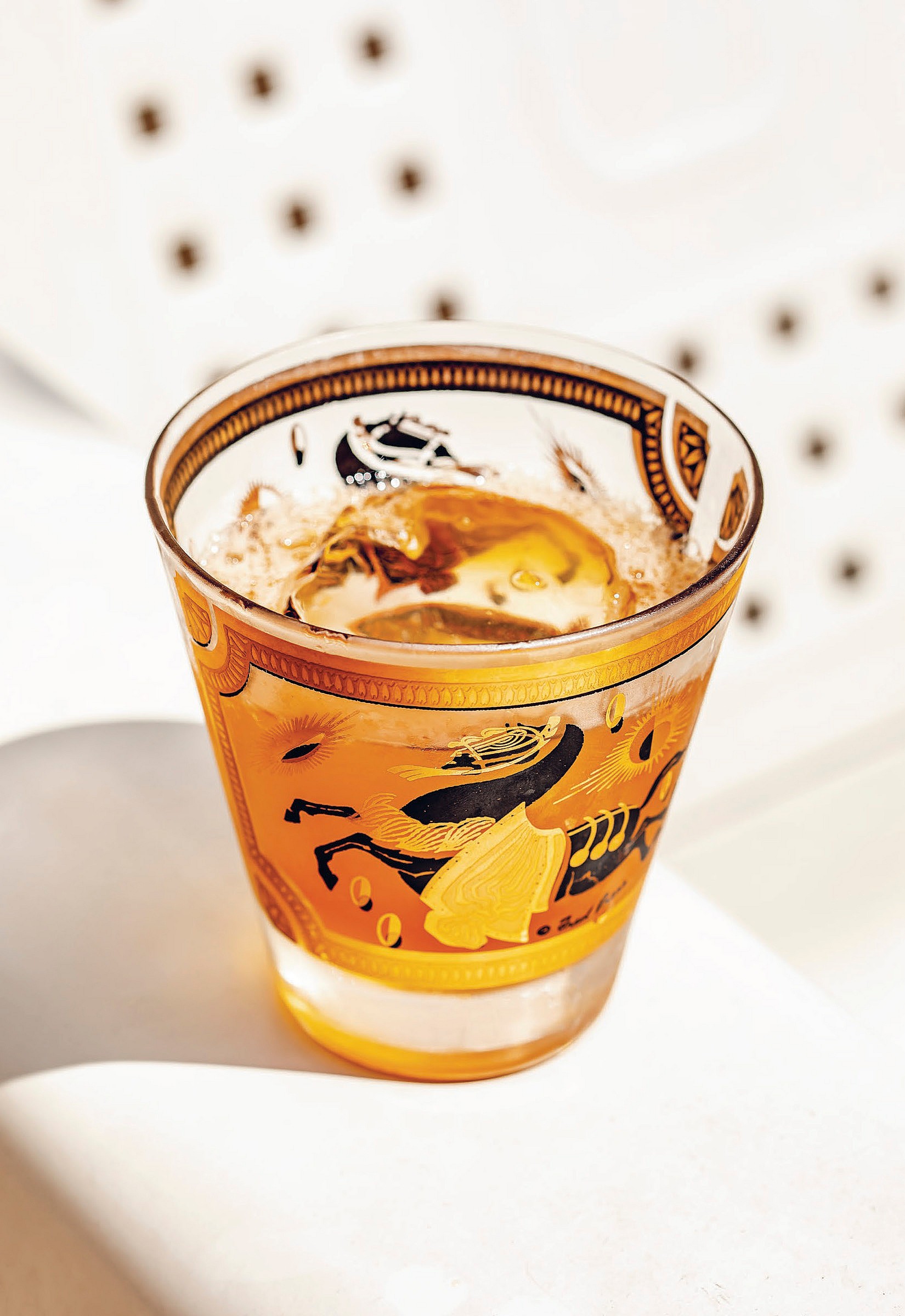
In the beginning of the agave boom, the flavor pairings in cocktails got to be a bit monotonous, and even the most casual of observers caught on to the common kneejerk combinations.
Jalapeño, sherry, grapefruit, ginger, pineapple, pear, lime juice—agave spirits have some best buds, to be sure, and liked to hang out with them a lot. But after a few years, bartenders’ minds broadened, and they realized that tequila and mezcal—somewhat miraculously—could be teamed with almost anything. Orgeat, crème de cacao, crème de menthe, Old Tom gin, Irish whiskey, absinthe. It was all good. The spirits were suddenly the most versatile since gin.
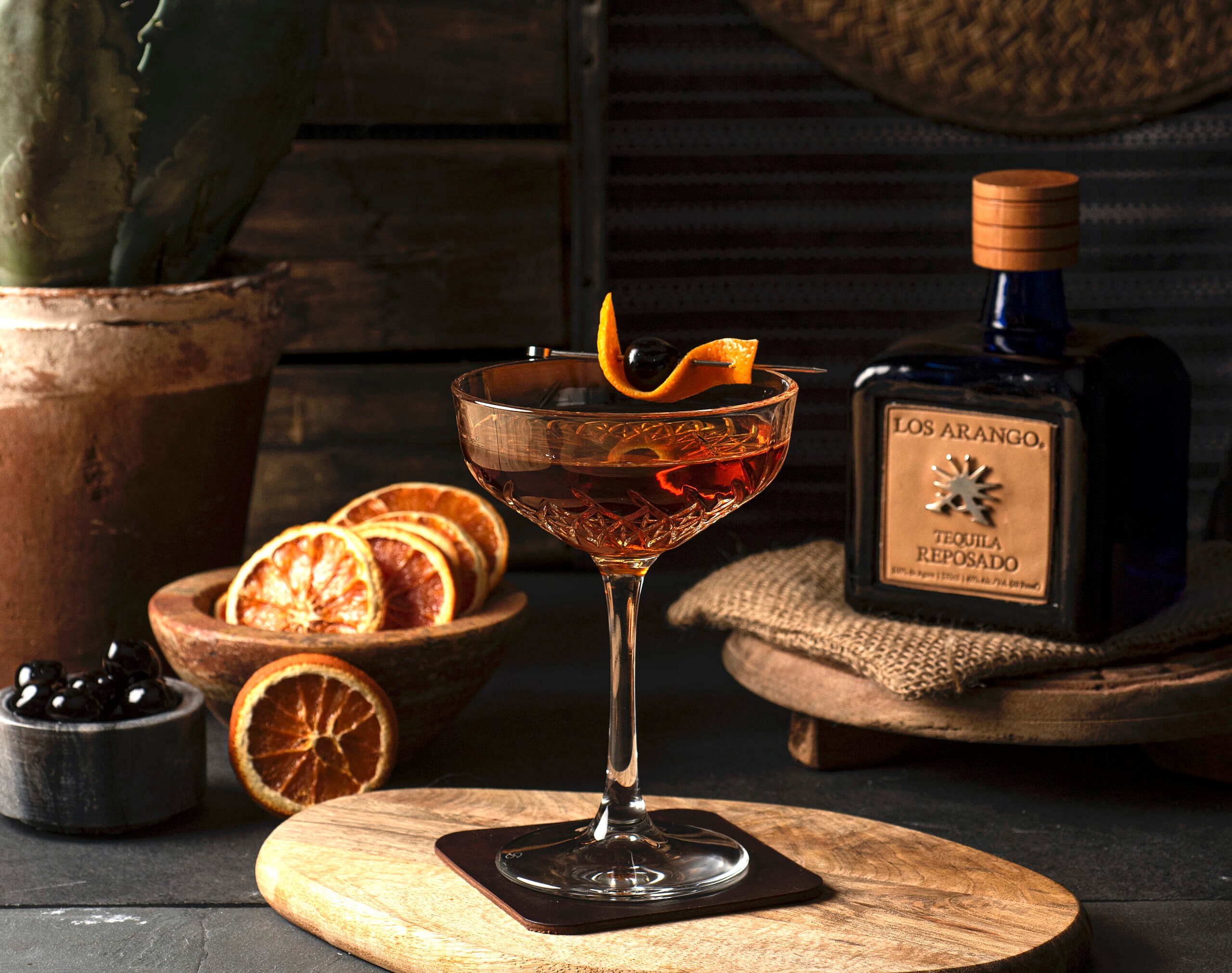
If someone asked me to concisely explain the sudden popularity of agave spirits in the 2010s, I’d say that mezcal is this generation’s single malt Scotch. It answers to all the needs that single malt Scotch did when it became the rage back in the 1990s.
It is a very old spirit that seems new, simply because the world beyond Mexico has been relatively unexposed to it. It appeals as something authentic and artisanal, made by hand, and in relatively small amounts. It is expensive and answers to the current definition of luxury goods. And it is rough and smoky and edgy on the tongue, full of uncompromising flavors that are translated by our brain as “real.”
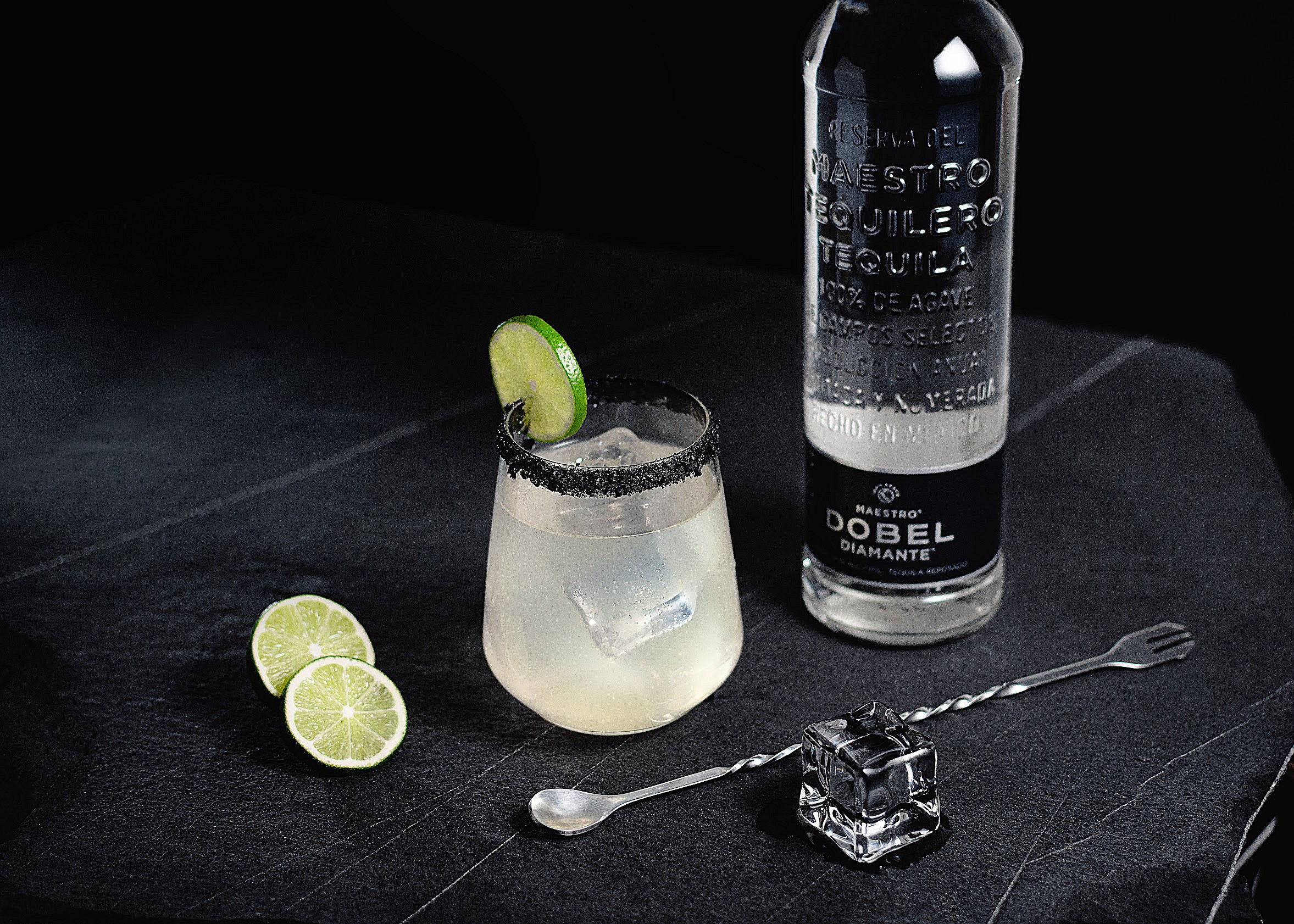
It is a spirit on hyperdrive, something tailor made for the modern American palate’s ever-growing need for more—more flavor, more sensation, and a greater challenge.
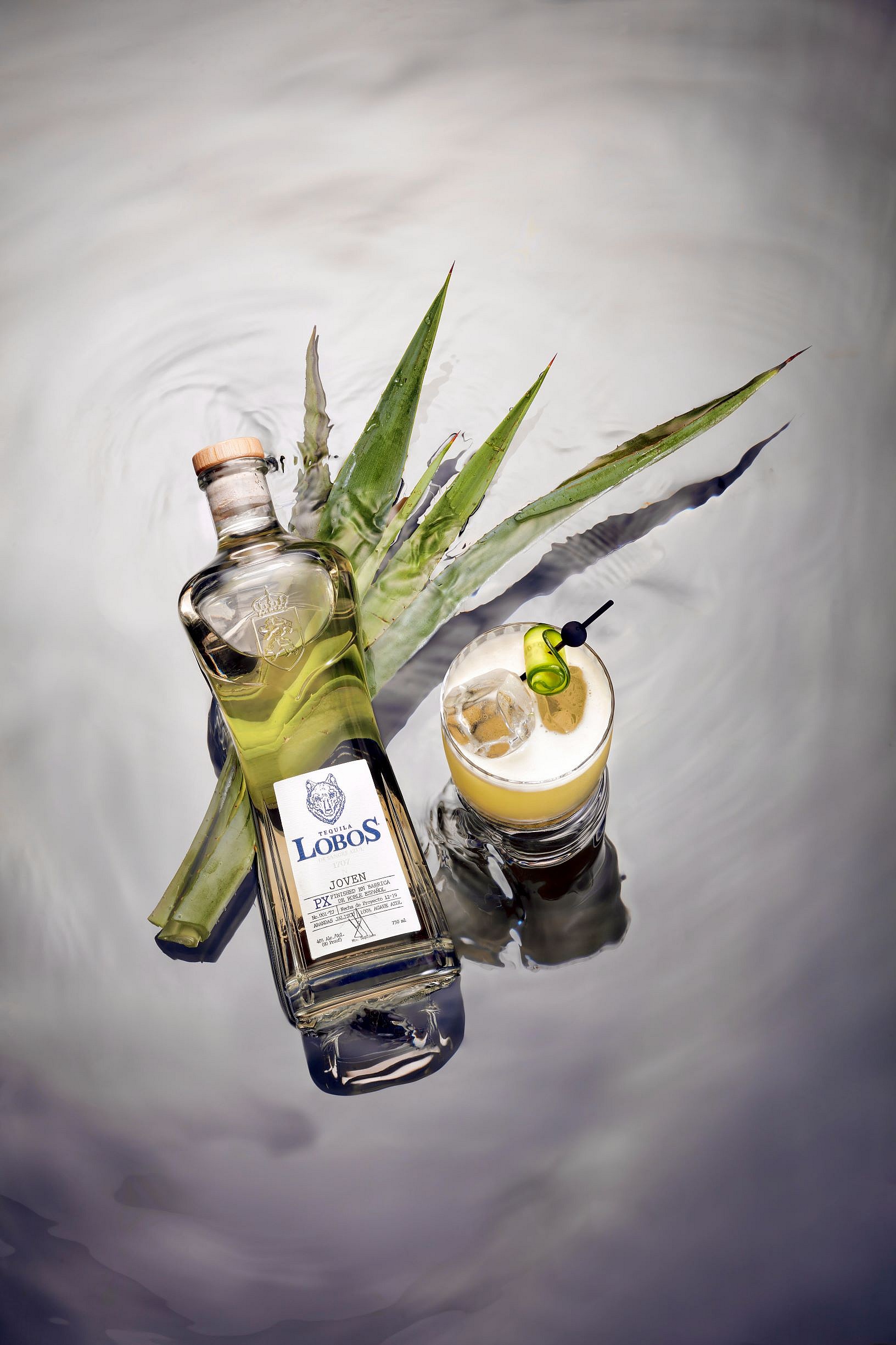
Excerpted from Mezcal and Tequila Cocktails: Mixed Drinks for the Golden Age of Agave by Robert Simonson, published by Ten Speed Press
